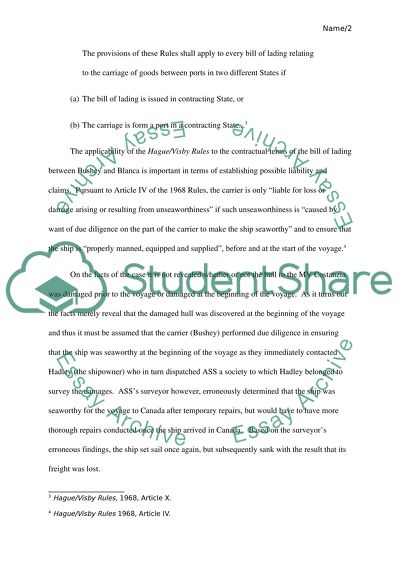Cite this document
(“CARRIAGE OF GOODS BY SEA Coursework Example | Topics and Well Written Essays - 3750 words”, n.d.)
Retrieved from https://studentshare.org/law/1400310-carriage-of-goods-by-sea
Retrieved from https://studentshare.org/law/1400310-carriage-of-goods-by-sea
(CARRIAGE OF GOODS BY SEA Coursework Example | Topics and Well Written Essays - 3750 Words)
https://studentshare.org/law/1400310-carriage-of-goods-by-sea.
https://studentshare.org/law/1400310-carriage-of-goods-by-sea.
“CARRIAGE OF GOODS BY SEA Coursework Example | Topics and Well Written Essays - 3750 Words”, n.d. https://studentshare.org/law/1400310-carriage-of-goods-by-sea.


